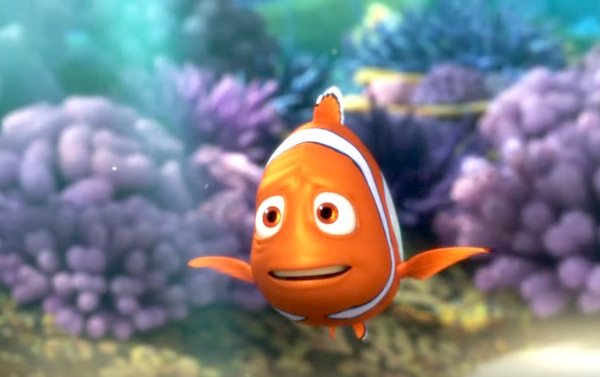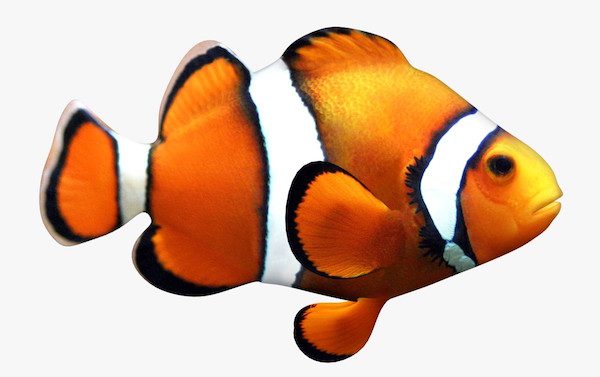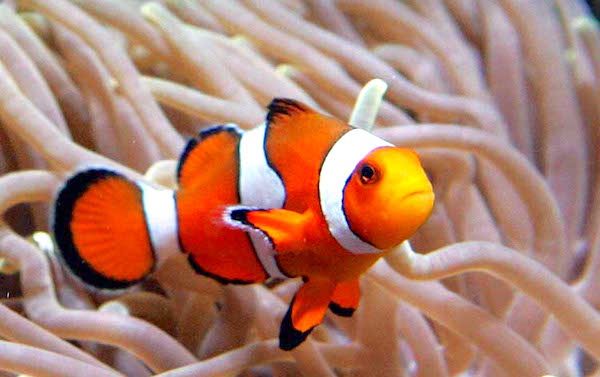Finding Dory the clownfish has a strong conservation message as Flinders University and the University of Queensland experts say studies conducted since the 2003 release have found clownfish populations declined on coral reefs after popularity in keeping the tropical fish as household pets soared.
“The film had a very strong fish conservation message, but instead people decided, because Marlin and Nemo were such charismatic characters, that they wanted a clownfish as a pet,” Flinders University associate Professor Karen Burke da Silva said. Some studies have looked at the declining rates of clownfish and other ornamental fish on coral reefs since the release of the animated film about clownfish Marlin, who goes on a search with blue tang Dory to find his son, Nemo, after he was abducted by a scuba diver and kept in an aquarium, the New York Daily News reports.
“A number of studies in America looked at the huge increase in the demand for clownfish, according to pet shop figures, exports, et cetera,” she said. “In one year alone, 2012, over 400,000 clownfish were imported to America. It was the fifth most imported species to America.”
Professor Burke da Silva is one of the co-founders of the Saving Nemo Conservation Fund, which aims to provide education as Finding Dory the clownfish sends a strong conservation message, awareness and captive breeding programs to protect marine ornamental species that are often captured on reefs for sale in pet shops. She said the marine fish aquarium trade has been a major cause of the decline in coral reef fish numbers, because while clownfish are quite easy to breed in captivity, for a lot of ornamental fish it is not so easy, the Washington Post reported.
“About 90-95 percent of marine fish found in aquarium shops come from the wild,” she said. “The blue tang fish, for example, cannot be bred in captivity. This is because the blue tang fish release their eggs and sperm into the sea and this cannot be mimicked in a lab.”
Professor Burke da Silva said that it’s chilling from what she had read of the new Finding Dory film. “What we hope is that people take that message home. Fish in the wild are going through enough problems, due to global warming and coral bleaching, so the worst thing we can do is add to that by taking huge numbers of them from the wild,” she said.
There was also a lack of understanding about what kind of fish are being taken from the wild and what fish are bred in captivity, Professor Burke da Silva said of Finding Dory the clownfish. “From our own surveys we’ve found that people who buy marine fish don’t know they are taken from the wild,” she said. “Freshwater fish are bred in captivity but ornamental fish — such as clownfish and blue tang fish — are not bred in captivity. When we told them this, most people were shocked to discover that they weren’t bred in captivity.”
Just like Finding Dory, she said the team wanted to create more awareness and to brand ornamental fish as not captive bred, “so then people are informed when they go into a pet shop to buy a fish.” Professor Burke da Silva said there were concerns about the welfare of the animals collected from places like Sri Lanka and Philippines, huge exporters of ornamental fish to places like US long before the Finding Dory movie. “They sometimes use cyanide poisoning to collect fish. It is used as a kind of anaesthetic to knock them out so they can be easily collected in a short amount of time,” she said.
The Business Insider said Professor Burke da Silva stated that the lengthy process of collecting the fish and exporting them can have a huge effect on mortality rates. She said she had once read up to 90 percent “die before they make it into someone’s living room.” In what message Finding Dory the clownfish may have, it should be awareness. “What we mostly want to achieve is an awareness about where the fish come from and the fact that ornamental fish are being taken from the wild and 100 percent of blue tang fish are caught in the wild,” she said.













